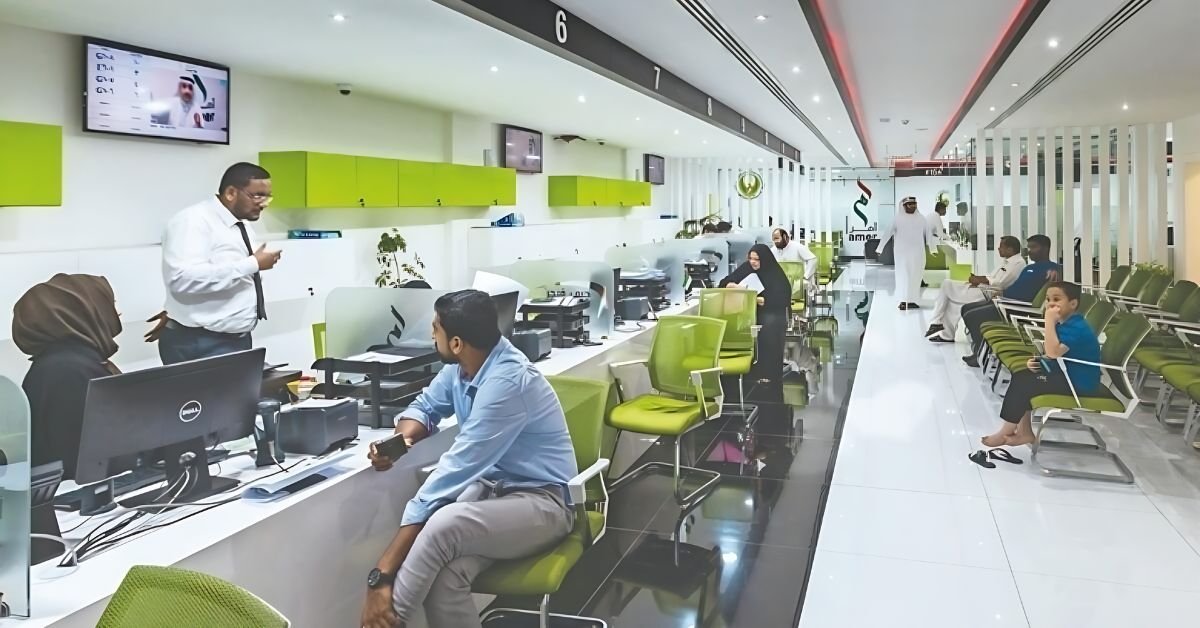DUBAI, UAE — Customer engagement is not a choice for marketers anymore. It is a mandatory strategy for brands to connect with customers, especially in services sectors like retail, BFSI, travel and hospitality.
That’s because digital age customers are aware of and have experienced the brand’s or competitor’s offerings, and expect equivalent service levels every time, and often, with added features. Obviously, brands cannot afford to blink even for a moment, as one bad experience or incident is enough for customers to switch loyalties without much ado. So, offering connected experiences to customers is a given, to nurture a loyal customer base.
The start of a customer-brand connect is when brands transform their customer relationship process from being mere transactional to creating an engaging experience. A feat achievable when brands offer customers something that resonates with them personally, whether it is in pricing, the product offering or the buying process. While high quality service does attract customers; what keeps them glued to the brand is a relevant and tailored experience.
Keeping and growing the most important asset
Interestingly, studies indicate that 20 percent of the engaged customers are responsible for 80 percent of the brand’s sales, although not directly, but by endorsing the product or recommending the brand to their network of friends and social media followers. This type of brand endorsement can only happen when customers experience hyper-personalization in their purchase journeys.
Now that we know that nurturing a loyal customer base is the code to unlocking business growth, businesses have to decode the various techniques of engaging one-on-one with them. This could be through monitoring social media feedback, creating and rewarding loyalty programs and identifying brand advocates and influencers for the company.
Brands that create specific personas of their customer cohorts are more effective in reaching out to the groups with relevant content, in their preferred communication platforms, and at their desired time.
Post-Covid, customers expect more than appropriate messages and updates like flight schedules or itinerary reminders. They appreciate notifications concerning promotional offers; more frequent are personalized and timely.
A travel-related customer engagement survey reiterated this where more than one-third (34 percent) of global travelers said they would consider moving to a different travel company if they did not receive the expected communication from their current travel company.
MEA customers want no Turbulence in their Journey
Customers in the GCC region have started following this global trend. As a matter of fact, post covid, travel-related statistics from the region are heartening to the industry: about 50 percent of customers are expected to increase their digital spending, especially in travel and retail. About 72 percent of customers plan to spend more on domestic travel and 64 percent on international travel compared to previous years. These are the drivers for travel brands that want to capitalize on the projected surge and deliver an experience that delight customers and fulfil their expectations. Travel brands will gain positive outcomes when they infuse valuable customer engagement elements in their marketing strategy by
Offering seasonal deals:
Creating unique deals for holiday and festive seasons leads to an increase in customer engagement. For example, the season of cheer drives people to look for attractive vacation deals with family and friends. Travel companies can design unique plans to cater to these cohorts.
Driving customer engagement with an effective social media strategy:
Companies that focus on visual content and influencer connections reach new audiences globally. For example, some companies ask for reviews and pictures and in return offer customers a good deal.
Engaging customers with loyalty:
Companies that extensively use promotional messages in social channels and encourage customers to redeem offers have better connect with customers. For example, to re-engage with customers after a gap, brands have used giveaway campaigns with personalized emails to its existing customer base.
Sustainable growth with customer engagement
Brands can convert data into insights across every touchpoint on the customer journey with an insightful Customer Engagement Platform. In the travel industry, a CEP helps build different segments, understand customer behavior and transform them into meaningful actions. It enables companies to offer a seamless and engaging experience throughout the customer journey, right from enquiry to planning, booking to in-trip and post-trip experience.
With the platform’s Predictive Segmentation, brands can analyze a customer’s behavior to predict their future actions and send them dynamically personalized recommendations.
With a CEP’s User Path Analysis, a brand can gain a holistic view of customers’ different paths, track customer journeys and fill gaps in the customer journey. It identifies issues and problems, resolves them and navigates customers move on a frictionless journey.
Smart triggers built into the CEP nudges dropped out customers to return to a brand’s website and app to complete the transaction.
RFM modeling allows brands to segment customers automatically based on their purchases’ recency, frequency, and monetary value. This way, brands will know which customer cohorts are price-sensitive, which ones need attention, which ones are hibernating or are brand loyalists, and communicate with them accordingly.
In today’s scenario, a brand needs to focus on sustainable growth with customer retention as its core objective. A travel brand must strive toward increasing referrals and conversions, cross-sell and upsell. This is where an insightful and analytics-based CEP turns into a champion. It helps companies reach out to their customers across all touchpoints and help with seamless customer journeys leading to sustainable business growth for the company.
Kunal Badiani is regional vice-president at Moengage for Middle East, Africa and Turkey.
The opinions expressed are those of the author and may not reflect the editorial policy or an official position held by TRENDS.

